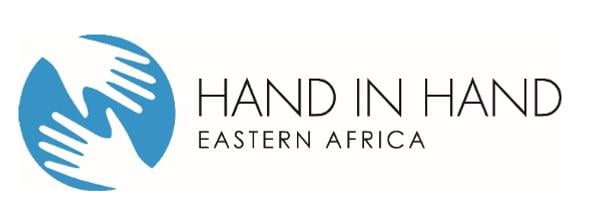Consulting & Strategy Jobs in Kenya

Consulting & Strategy
2 weeks ago
The main objective of the consultancy is to lead and oversee the effective functioning of the GMC within ASA International Kenya Ltd, ensuring that all grievances and appeals are resolved fairly, transparently, and in alignment with ASA’s policies, ethical standards, and Kenyan labour laws.
MARA GROVE RESIDENCE
Consulting & Strategy
5 days ago

We are expanding our sales team and are looking for ambitious, driven, and performance-oriented Real Estate Sales Consultants to join our fast-growing premium project in Nairobi.
This action will pause all job alerts. Are you sure?
2 weeks ago

Auricare International Limited is an international company based in Nairobi, Kenya, specializing in global coffee supply chain operations. We are seeking an experienced and highly skilled Coffee Expert to join our team and support our growing international market presence.
1 month ago

The IT Consultant will be responsible for providing technical support and deployment services for company software solutions. The role involves both field and office work—ensuring successful system installations, training, and ongoing customer support while maintaining high service standards.
Databand Consultants Limited
Consulting & Strategy
1 month ago

We are seeking a dynamic and results-driven Digital Marketing Specialist to lead and execute comprehensive online marketing strategies. This role involves managing all aspects of digital marketing, including SEO, SEM, social media, content marketing, email campaigns, analytics, and emerging online platforms. The ideal candidate will be creative, an
1 month ago

Are you a young, experienced and self-driven individual with ability to curate awesome experiences for clients in possession of the following qualifications?
2 months ago
TOR - Finalisation of Circular Economy and Regenerative Agriculture (CERA) curriculum and development of training ‘pocket guides’ in the Roots for Transformation Project. Ref Number: HIHEA/10-2025/PROG
Sustainable Business Consulting
Consulting & Strategy
2 months ago

Expert will provide high-level advisory on climate action, resource efficiency, and circular economy models. The consultant will support SBC and its clients in embedding low-carbon strategies, waste reduction, and regenerative business models into operations, green products, and services. This role is suited for a seasoned professional with exp ...
Brites Management Services Limited
Consulting & Strategy
2 months ago

Drive lead generation, prospecting, and closing of new clients in alignment with annual business development (BD) targets.
2 months ago

Must have a Diploma / Other Certificate in Tours & Travel from a recognized institution is mandatory
Brites Management Services Limited
Consulting & Strategy
2 months ago

Work with the Business Development team to develop winning bid strategies and built opportunity from scratch
Pendekezo Letu
Consulting & Strategy
2 months ago

The overall objective is to strengthen PKL’s HR systems by identifying gaps, ensuring compliance with relevant laws and updating HR policies to reflect current organizational and employee needs.
Innovations for Poverty Action (IPA)
Consulting & Strategy
Today
Today
Stay Updated
Join our newsletter and get the latest job listings and career insights delivered straight to your inbox.
We care about the protection of your data. Read our privacy policy .







